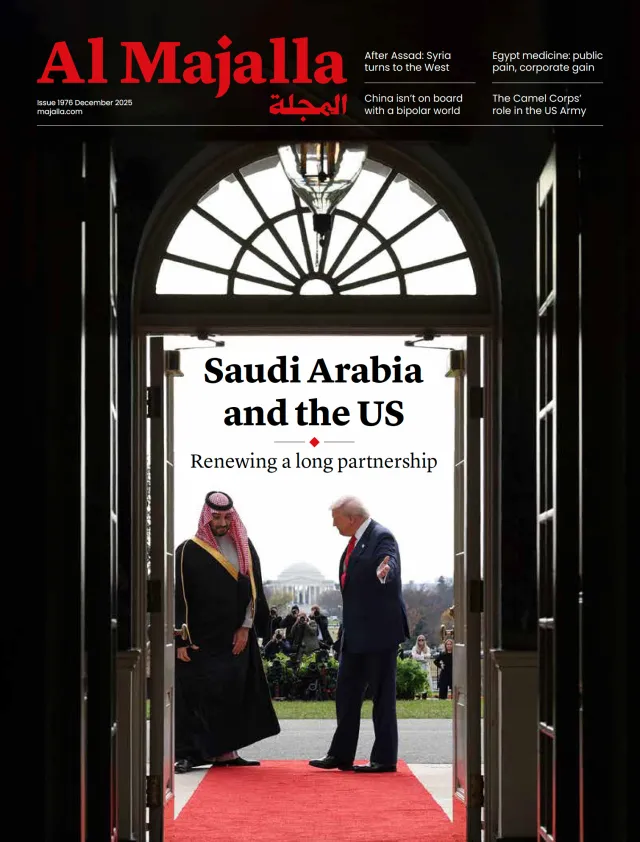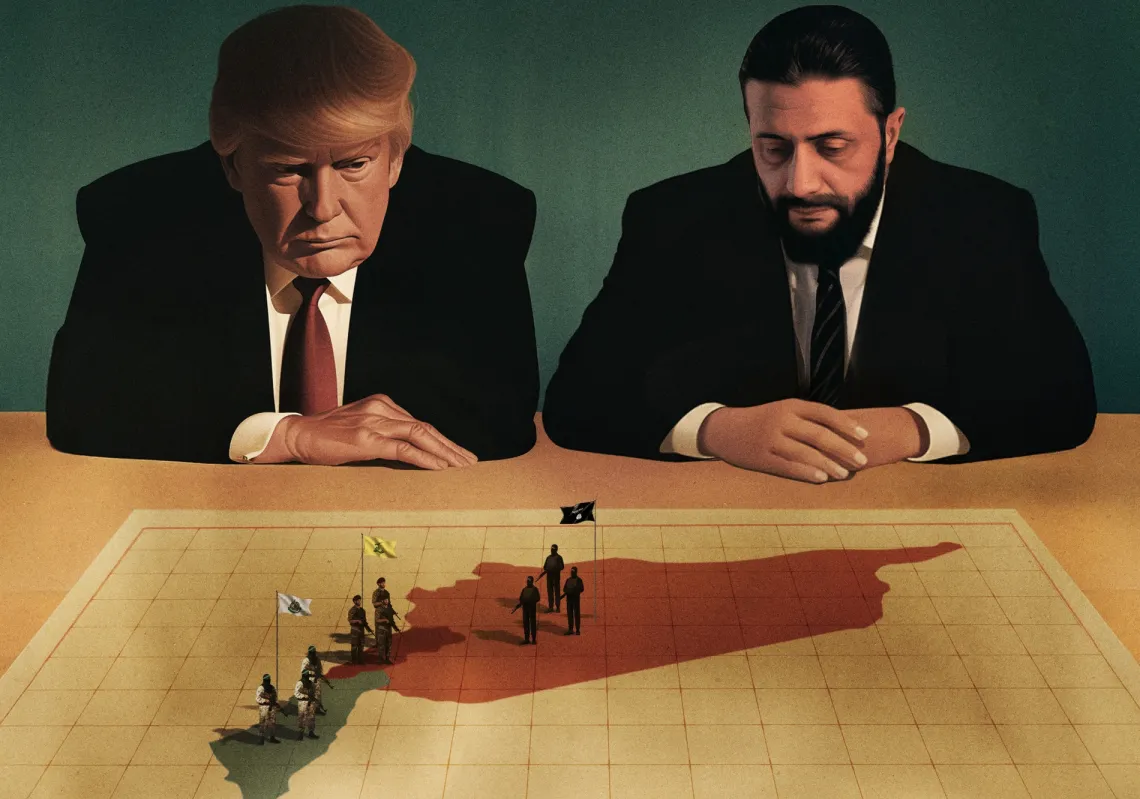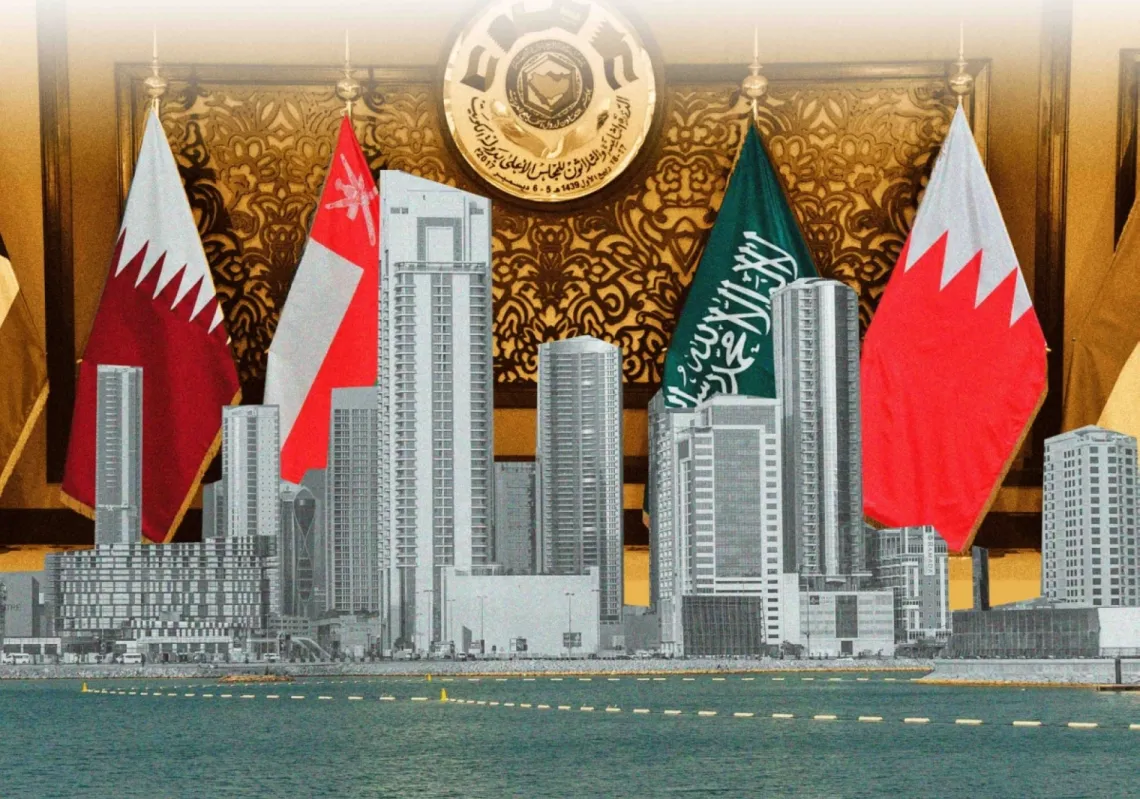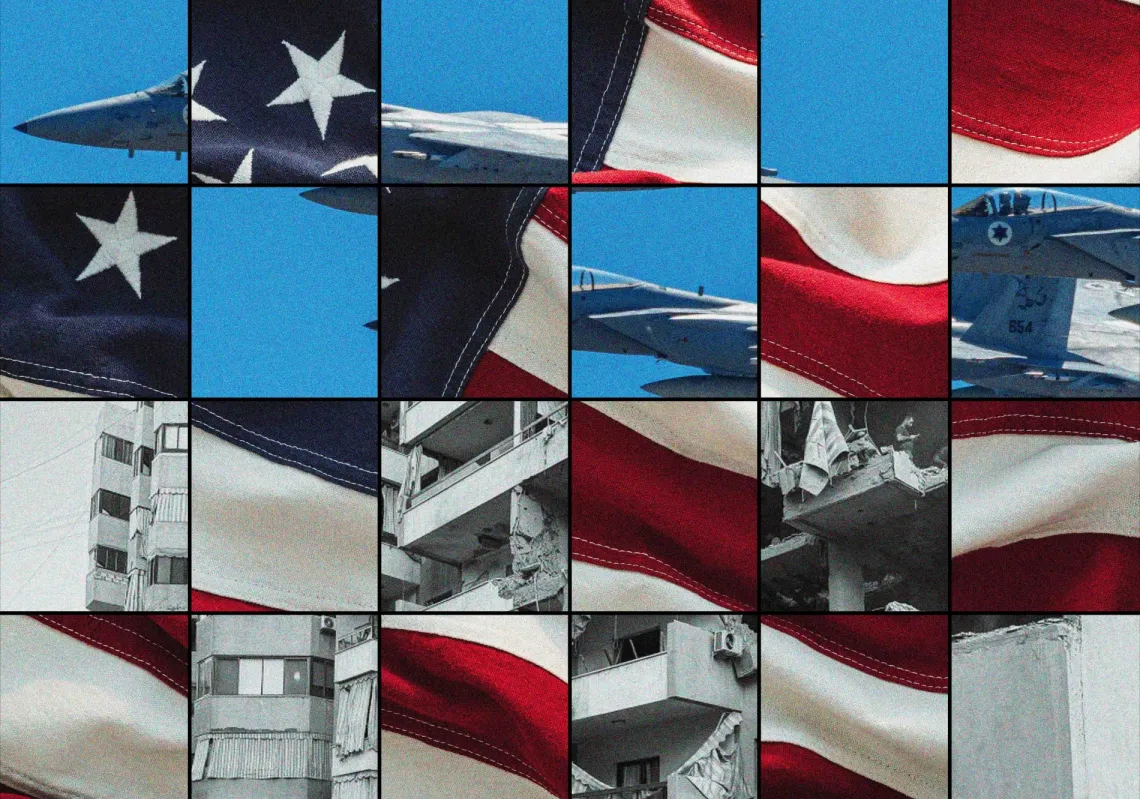Until the recent outbreak of hostilities between Iran, Israel and the US in the so-called 12-day war, General Michael Erik Kurilla, the head of US Central Command (CENTCOM) chief, was relatively unknown outside military circles.
Known for carrying out conspicuous acts of bravery during his long career in the US Army, Kurilla first began distinguishing himself two decades ago as a lieutenant colonel in frontline combat, fighting off insurgents in Mosul, Iraq, while leading the 1st Battalion, 24th Infantry Regiment.
The battalion’s mission was to conduct security patrols and coordinate offensive attacks against insurgents targeting Iraqi security forces and Iraqi police stations. His style evidently rubbed off. During Kurilla’s tenure leading the battalion, more than 150 of his soldiers earned the Purple Heart. Kurilla was never far from the action and in August 2005 he got caught in a firefight in Mosul, sustaining multiple gunshot wounds. It earned him a Bronze Star with valour, one of his two Purple Heart awards, and the nickname ‘Gorilla’.
Planning for Iran
US President Donald Trump’s decision to launch air strikes against Iran’s nuclear programme last month thrust Kurilla back into the spotlight. He is a key figure within the Trump administration’s military hierarchy, with suggestions that his wields more influence than Pete Hegseth, Trump’s recently appointed defence secretary. Kurilla, a known Iran ‘hawk’, played a key role in planning and executing the bombing mission of Iran’s nuclear facilities.

According to reports, Hegseth afforded Kurilla an unusual level of authority in the operation. Pentagon officials reported that during the planning phase of the operation, nearly all Kurilla’s requests were approved, from the deployment of more aircraft carriers to fighter planes in the region. Hegseth’s evident reliance on Kurilla undermines the image he had sought to project as a tough-talking leader who vowed to reduce the influence of four-star generals and reassert civilian control.















